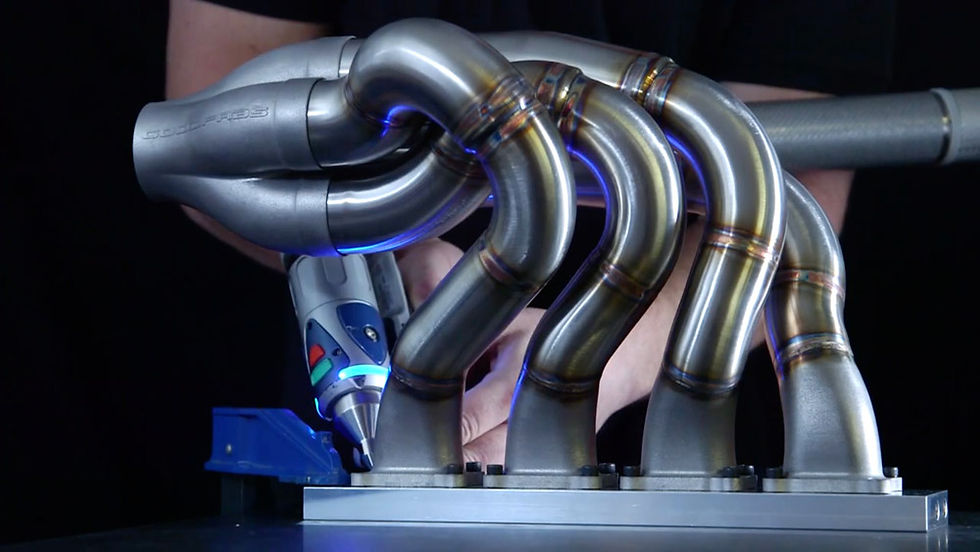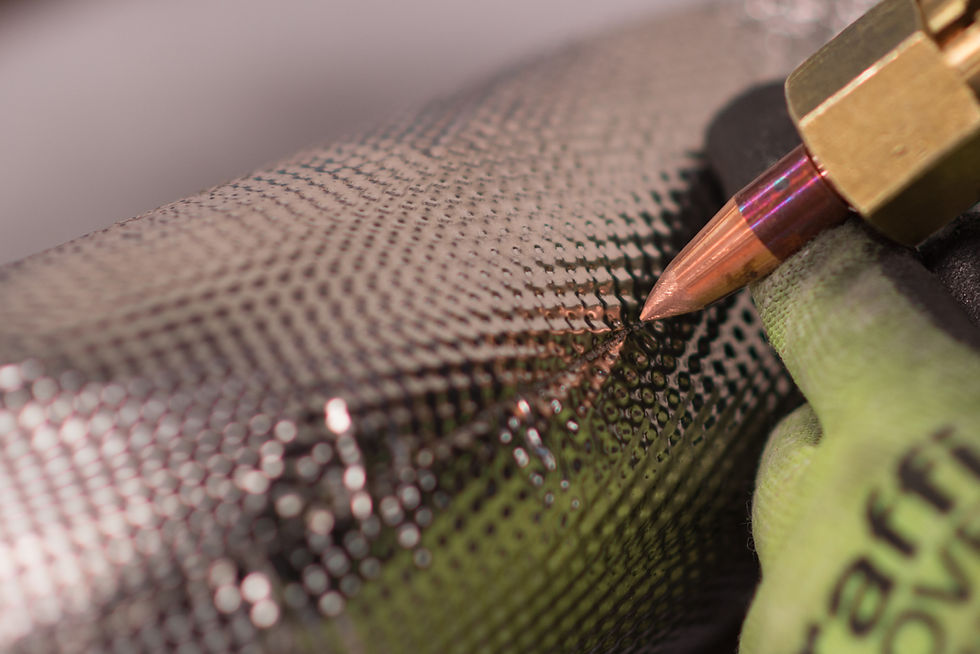The use of different materials in exhausts
- Didier De Lille
- Feb 13, 2017
- 2 min read
Updated: Dec 28, 2020

GoodFabs designed V8 Formula 1 exhaust
The design of an exhaust system is usually a trade off between engine performance, packaging, materials available and the fabrication techniques used.
Every type of exhaust has its own challenges. In most of the formula racing series such as Formula 1 the packaging area around the engine is very tight where specialist tooling is needed to create the sometimes-complex transition shapes.
On motorcycles one would think that the packaging space is unlimited and there are no packaging constraints, however one could not be more wrong! Trying to follow the contours of the bike as much as possible for packaging and esthetic reasons and still maintaining the best flowing systems to increase the engine performance can be quite a task for the best designers.
On top of these challenges, the exhaust designer needs to take into account what materials and its fabrication and forming techniques can be used in the application.
In exhausts there are only a limited amount of regularly used materials, which are: Steel, Stainless Steel, Nickel alloys and Titanium.
Stainless Steel
The most common used materials in the automotive industry outside of motorsports are steel and stainless steels.
Since these are the cheaper option and they are more readily available these are more suited for a production environment.
On top of this, these materials are easy to work with and require close to no special processes for cold forming, fabrication or welding.

Tig welding an exhaust part at GoodFabs
As every material has its limitations, so do steel and stainless steel. These materials sometimes lack strength and corrosion resistance at higher temperatures. Because of this a thicker wall would need to be used to ensure the strength in the exhaust system is sufficient, which would cause the exhaust system to be a heavy part of the engine assembly.
A perfect material to tackle this weight problem would be Titanium with its very lightweight properties.
Titanium
Titanium as an alloy for exhaust applications is a relatively strong and very light material, but at higher temperatures it can oxidize when the oxygen diffuses into the surface. This is why the welding process of these Titanium alloys needs to happen in an inert atmosphere.
Nickel Alloys

The last group, and most expensive, of exhaust system materials are the nickel alloys. These materials are specifically created for the use in high temperature applications with an increased corrosion resistance and strength!
Because of these superior properties to steel, stainless steel and Titanium, nickel alloys such as Inconel are perfect for higher demanding exhaust applications such as those in a motorsport as Formula-1, Le Mans series, Touring cars, Moto GP, etc..
Because of the strength in these nickel alloys it is found that a lighter but stronger exhaust system could be created using these rather than titanium which is well know for its low weight. In recent applications GoodFabs has used wall thicknesses of less than 0.35mm in racing applications without failures!
Because of the highter melding points of nickel alloys, the strength and stiffness involved due to the work hardening properties, the cold forming, welding and fabrication process can be more expensive and labour intensive than any of the other materials.
Inconel cold formed pressed transitions at GoodFabs









Comments